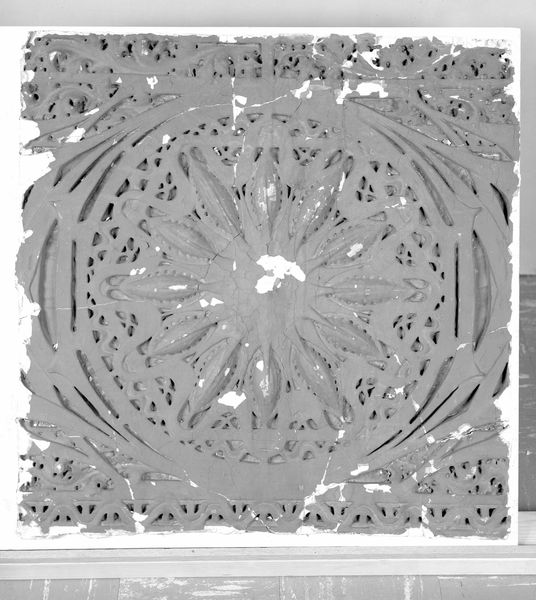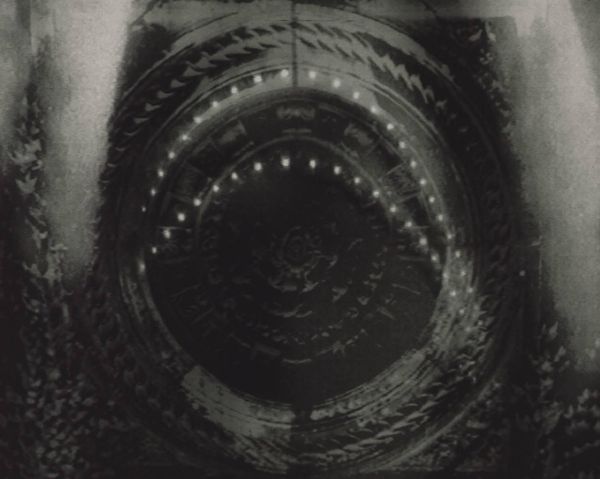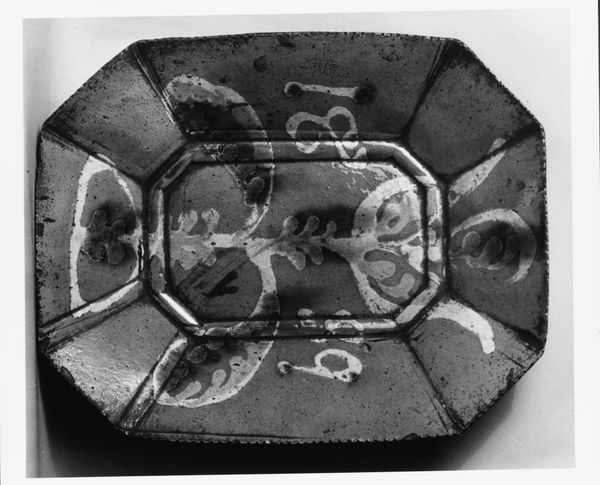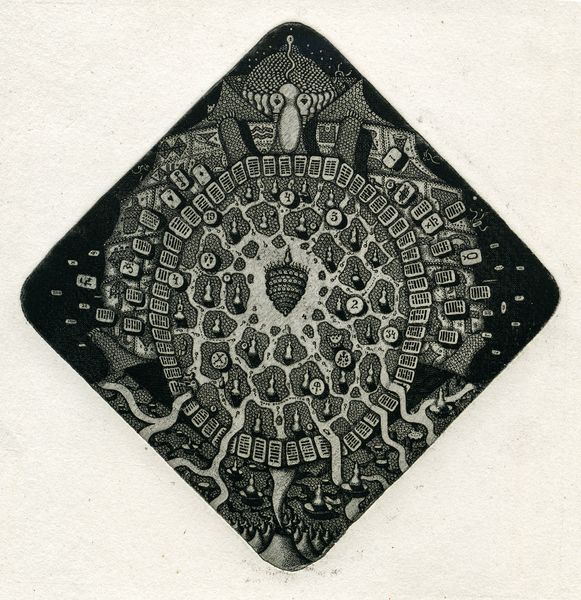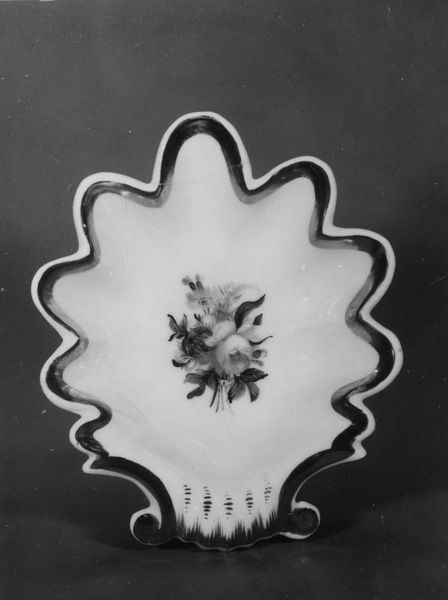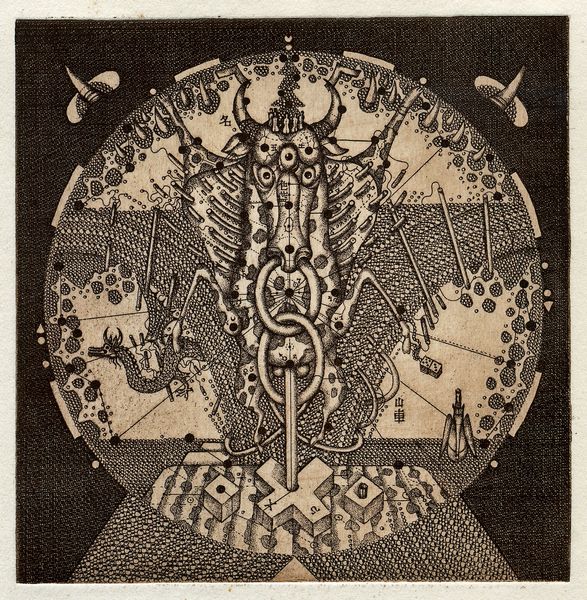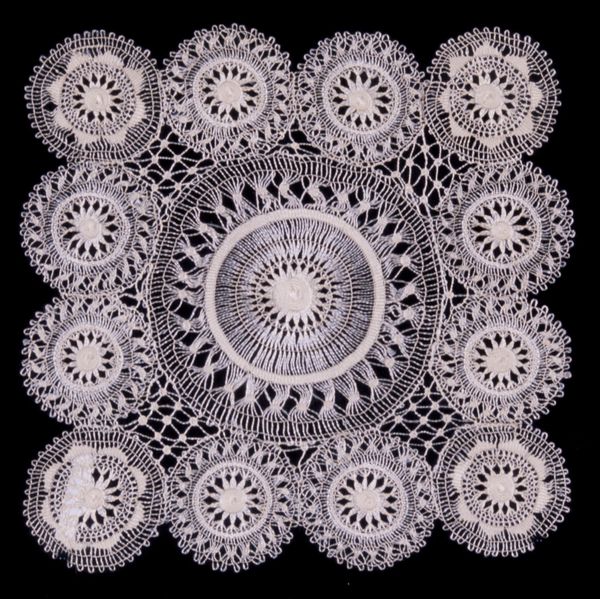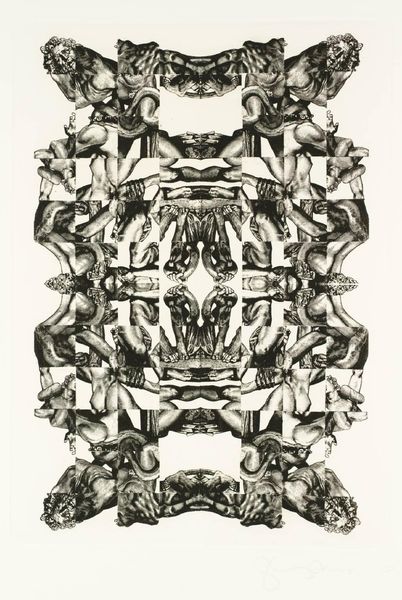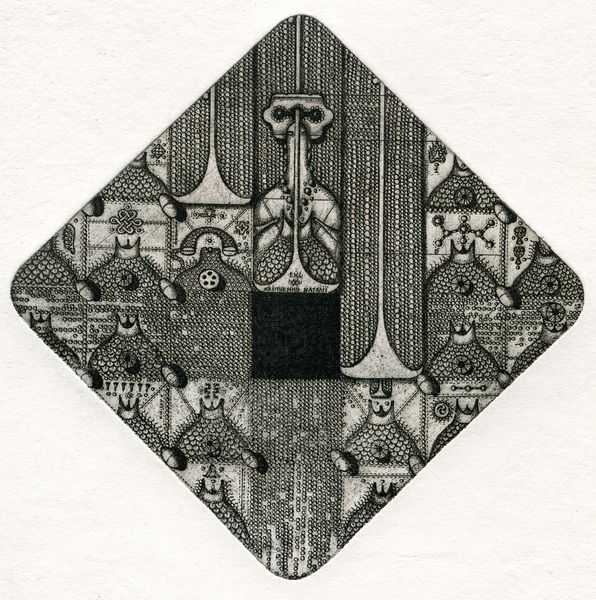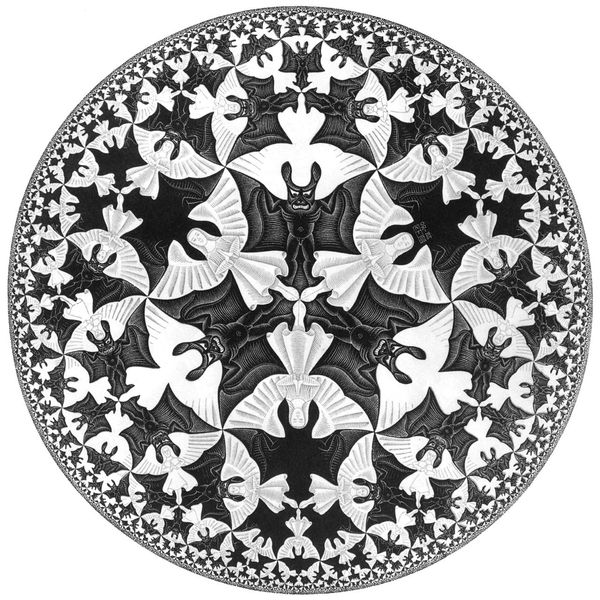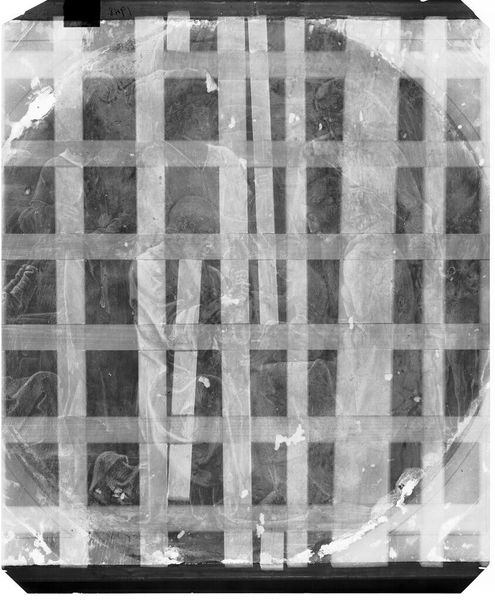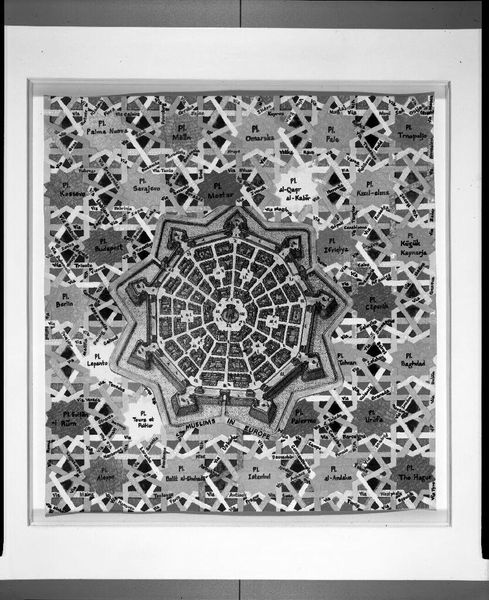
drawing, graphite
#
drawing
#
non-objective-art
#
perspective
#
geometric
#
graphite
#
cityscape
#
modernism
Copyright: M.C. Escher,Fair Use
Curator: I’m drawn right away to the stark contrast—it’s like a tiny world encapsulated in a diamond. I can see hidden doorways if I squint my eyes. Editor: We are observing "Tetrahedral Planetoid", a graphite drawing by M.C. Escher from 1954, which engages with geometric themes while presenting an impossible cityscape. Curator: Impossible is definitely the word. The city itself is a complex construction. But I am wondering about his mark making and how he could spend all this time on a planetoid? I mean why? Editor: We can consider how Escher skillfully wields graphite, manipulating its darkness to define forms and creating gradients to construct depth on a two-dimensional surface. His works often incorporate complex spatial constructions that require careful consideration of materials. Escher uses it for social commentary to capture the dizzying scale of industrial production in his own society? Curator: Commentary seems so dry for this, although I follow. To me, there's also an element of dream logic at play here. Those architectural follies become gateways, almost… surreal. There's a story being built within that impossible space. You know, the type you can almost remember. Editor: Right, that interplay of geometry and landscape…it’s meant to unsettle. The eye wants to grasp it all as a whole but keeps encountering shifting perspective and repetition that deny any fixed vantage point. What happens to traditional landscape art when we are confronted by something like this? Escher is doing both, it seems. Curator: I see what you are saying. I get lost within the details every time. There's always some little stairway or window beckoning you to keep going. Like he designed a black hole. I think Escher plays with my unconscious. Editor: Well, beyond our individual experience, understanding how pieces like these challenge conventions concerning what we consider art and its social significance allows us to truly see and appreciate this remarkable "Tetrahedral Planetoid." Curator: In the end, it asks whether anything in life can ever be "concrete", as in set and never moved. That it's all in progress, always spinning.
Comments
No comments
Be the first to comment and join the conversation on the ultimate creative platform.
